CASE STUDY: TPA Streamlines Operations, Expands Business with DataPath Solutions
Flexplan Administrators, headquartered in Tulsa, Oklahoma, is a national third party benefits administrator providing administrative services for employee benefit programs under IRC and Section 125. As Flexplan sought to grow its business, the TPA faced several challenges due to using different administration platforms for CDH and COBRA management. The multi-platform approach limited its ability to provide integrated services and grow its HSA business with financial institutions. In 2022, Flexplan transitioned its business to DataPath to










